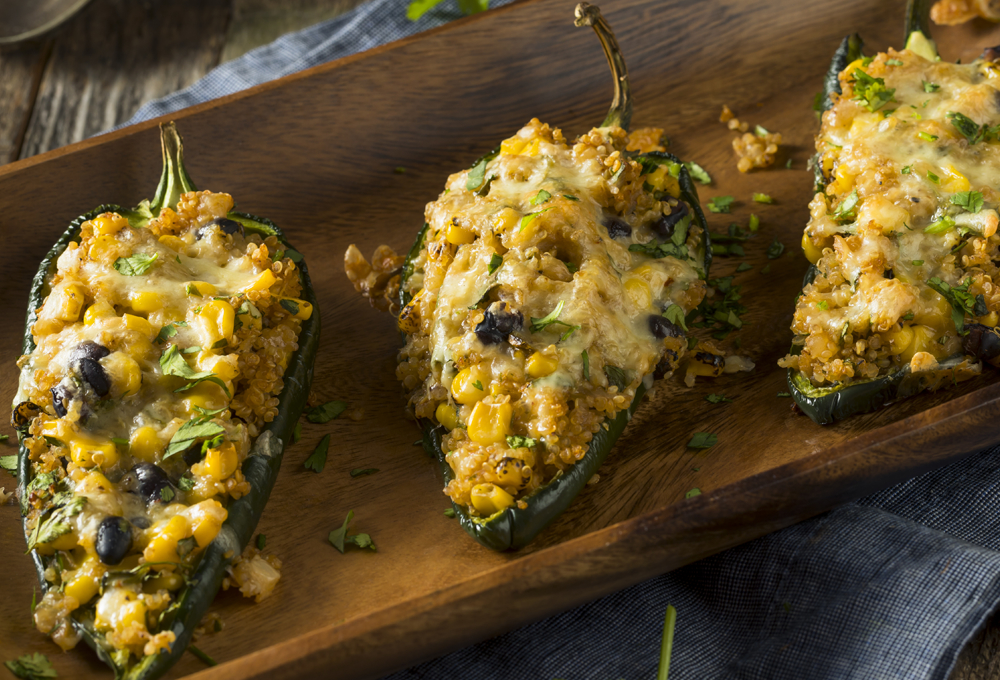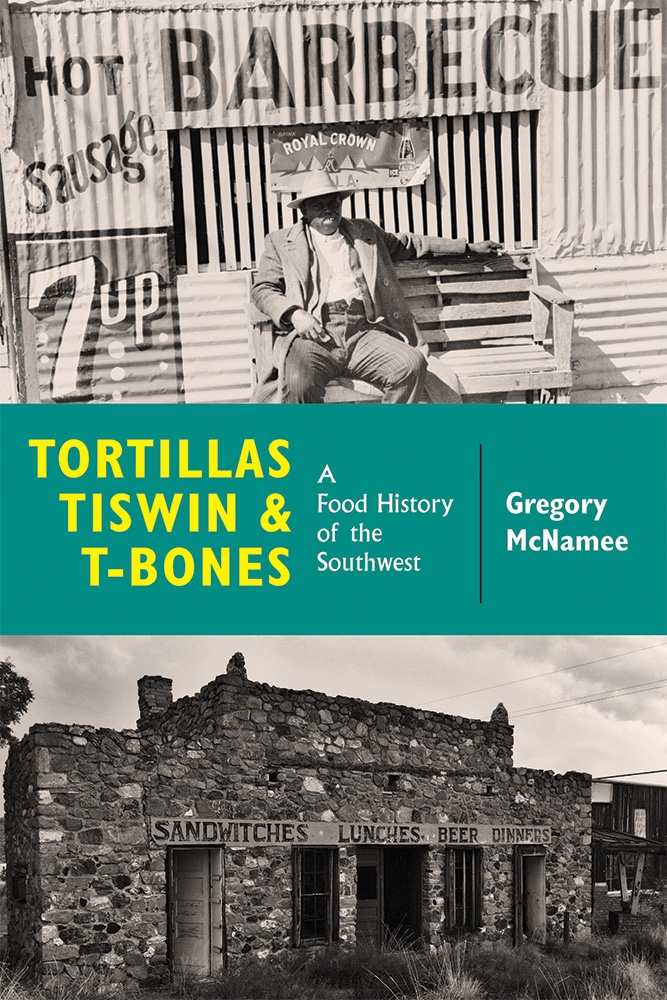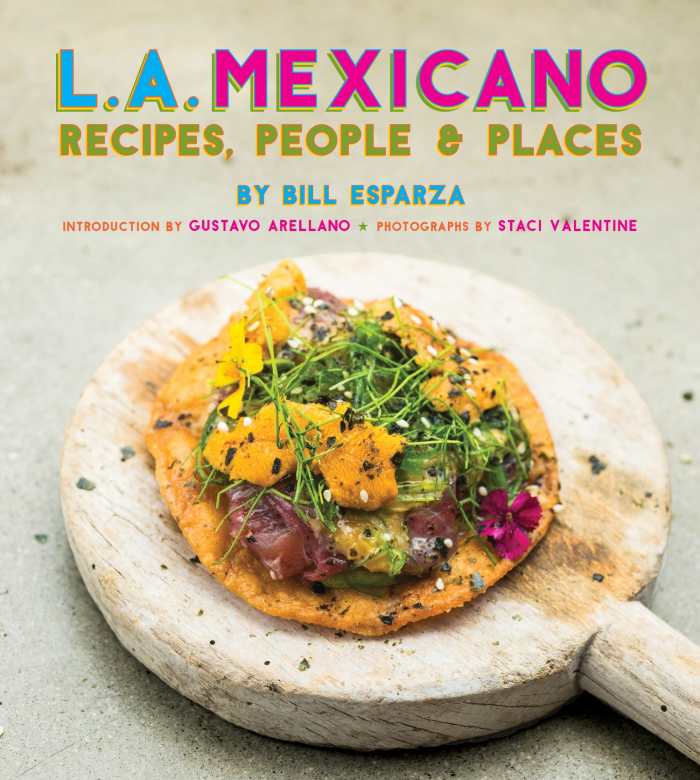Taco, Burrito, What You Got In That Poblano?

The United States fancies itself the land of the free, home of the brave immigrants who came from distant shores. And, yes, there’s some truth to that. But the US story is also dependent on the two great oceans acting as a strategic buffer from potential enemies—a geographical distinction that came about via diplomacy, conflict, and ruthless power. Look no further than the Louisiana Purchase, war with Mexico, and the millions we paid Russia for Alaska.
Now, picture the states of California, Utah, and Nevada, including almost all of Arizona, half of New Mexico, a quarter of Colorado, and a bit of Wyoming. That’s what we acquired in our little disagreement with Mexico back in 1848: a handsome 529,000 square miles. What our forefathers didn’t realize at the time is that the Mexican government threw a vibrant culture into the deal—embodied in the Mexican people populating the area. Those Indigenous farmers, cooks, artists, business owners, writers, et cetera, are responsible for millions of descendants and the US would be one sorry ass, boring place without them.
So, the next time you tuck into a taco, burrito, what you got in that poblano?, you should silently acknowledge Mexico’s flavorful gift to the American experiment.
Here’s two reviews of fantastic, newly-released food history/cookbooks from the regional, Indigenous cooking of the American Southwest:
Tortillas, Tiswin & T-Bones
A Food History of the Southwest

Gregory McNamee
University of New Mexico Press
Softcover $24.95 (240pp)
978-0-8263-5904-9
Buy: Local Bookstore (Bookshop), Amazon
This food study forwards a fascinating human history of a region like no other.
Gregory McNamee’s fascinating Tortillas, Tiswin & T-Bones: A Food History of the Southwest is a wonderfully absorbing foodie saga that drills down to the heart of its chosen locale.
Starting with the rise of mammals, the book follows a chronological pattern, adding layer upon layer as geography, climate, humans, and hunger collide on the Southwestern frontier. A book that starts with indigenous tribes following mammoths ends with office workers using apps to find their favorite lunchtime food trucks.
Aside from imparting the pleasure of learning more about a distinct cuisine, this book is set apart by its careful approaches. It takes the time to define “Southwest” in food terms. High Colorado and slices of extreme western Oklahoma and Kansas are included because they share Mexican and Texan food traditions, while Nevada and Utah are excluded from the narrative because their food traditions are largely Midwestern.
Here, Southwestern cuisine is equal parts Hispanic, Native American, and Anglo. This is another of the book’s strengths: it does not, as many food books do, start with the arrival of European immigrants, but begins with Native American food culture, a well-established cuisine that relied solely on plants and animals available in the region. Nor does the book end with the arrival of Europeans—chapters also focus on African Americans who, post-Civil War, brought Southern cuisine west of the Mississippi, and on the Asian influences that arrived with Chinese railroad builders and Japanese farm workers.
The narrative pace can be a bit slow at times, but the details unearthed in the course of the work are worth the slog. There are numerous recipes for Southwestern dishes both ancient and recent, ranging from the amaranth pasta of the Aztecs to today’s California rolls. Black-and-white photographs tend to be small and individually unexceptional, but together they build an effective visual time line. The references consulted, given separately for each of the book’s dozen chapters, bring many serious and often-overlooked food studies to attention.
Tortillas, Tiswin & T-Bones is more than a food study, it’s also the fascinating human history of a region like no other.
SUSAN WAGGONER (October 27, 2017)
L.A. Mexicano
Recipes, People & Places

Bill Esparza
Staci Valentine, photographer
Prospect Park Books
Hardcover $29.95 (240pp)
978-1-945551-00-0
Buy: Amazon
It’s a zig-zag journey with author Bill Esparza, redolent of chiles, citrus, and freshly made tortillas, to sample the dazzling varieties of Mexican-American cooking through sprawling Los Angeles. Forty profiles of cooks and artisan producers, food highlights of each neighborhood, recipes, food and cultural history anecdotes, and color photos of markets, food trucks, landmarks, and street murals all document an exciting coming of age for this regional cuisine. The story of Mexican food in America has been “an asymmetrical narrative told by outsiders,” overlooking a food scene that was largely enjoyed only by other Latinos.
The book covers a lot of ground, but the “Magellan of Menudo” is an expert guide; he neatly classifies the food scene into its subspecies. Pocho (once a disparagement but now embraced by Chicanos) describes the old-school eateries, like Ciro’s, famous for huge portions of rice, beans, enchiladas, and burritos slathered in sauce, which “bind the community together in a tapestry of melted cheese.” More authentically Mexican, and newer on the scene, are the restaurants and entrepreneurs specializing in food from Mexico’s thirty-two diverse regions. Oaxaca is represented by Soledad Lopez and her pioneering import business and restaurant which satisfied LA’s appetite for such items as tlayudas, grilled tortillas topped with beans, lard, avocado, chorizo, and stringy Oaxacan cheese.
The innovators of the new Alta California cooking are discussed here too. There’s Wes Avila, who makes sought-after street tacos with fresh combinations of ingredients and fine-dining techniques, and Tommy Ortega, who reinterprets Mexican haute cuisine, like his signature Puerto Nuevo Lobster, blanched, grilled, and served with a smoky tomatillo sauce. Finally, the book discusses other baristas, bakers, brewmasters, artisanal food makers, food trucks, and markets that are all contributing to this renaissance.
Esparza is knowledgeable, passionate, and fiercely protective of the LA Mexicano food scene. He bristles at food writers, restaurant owners, and diners that have not valued Mexican restaurant workers or their cuisine. Rick Bayless is also singled out several times; Esparza views his ascendancy as America’s best-known Mexican food authority as just another Anglo appropriating minority culture.
More positively, the author champions the members of the LA food community who are reconquering their Mexican American culinary inheritance and forging a chef culture that elevates Mexican-American cooking to its rightful place in the pantheon of great world cuisines.
RACHEL JAGARESKI (May 9, 2017)

Matt Sutherland is Editor In Chief at Foreword Reviews. You can e-mail him at matt@forewordreviews.com.
Matt Sutherland
